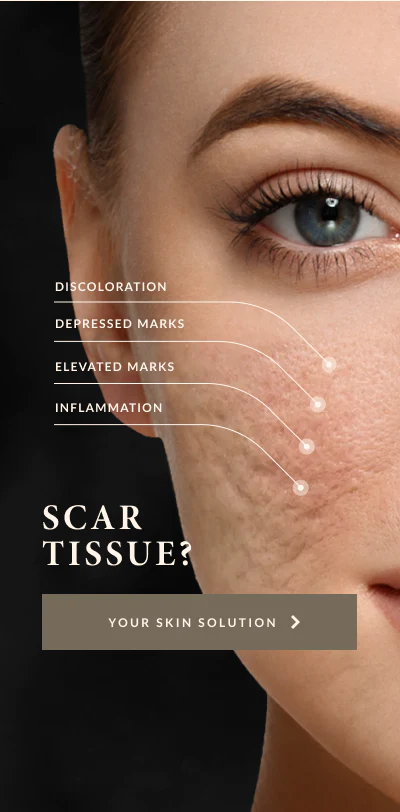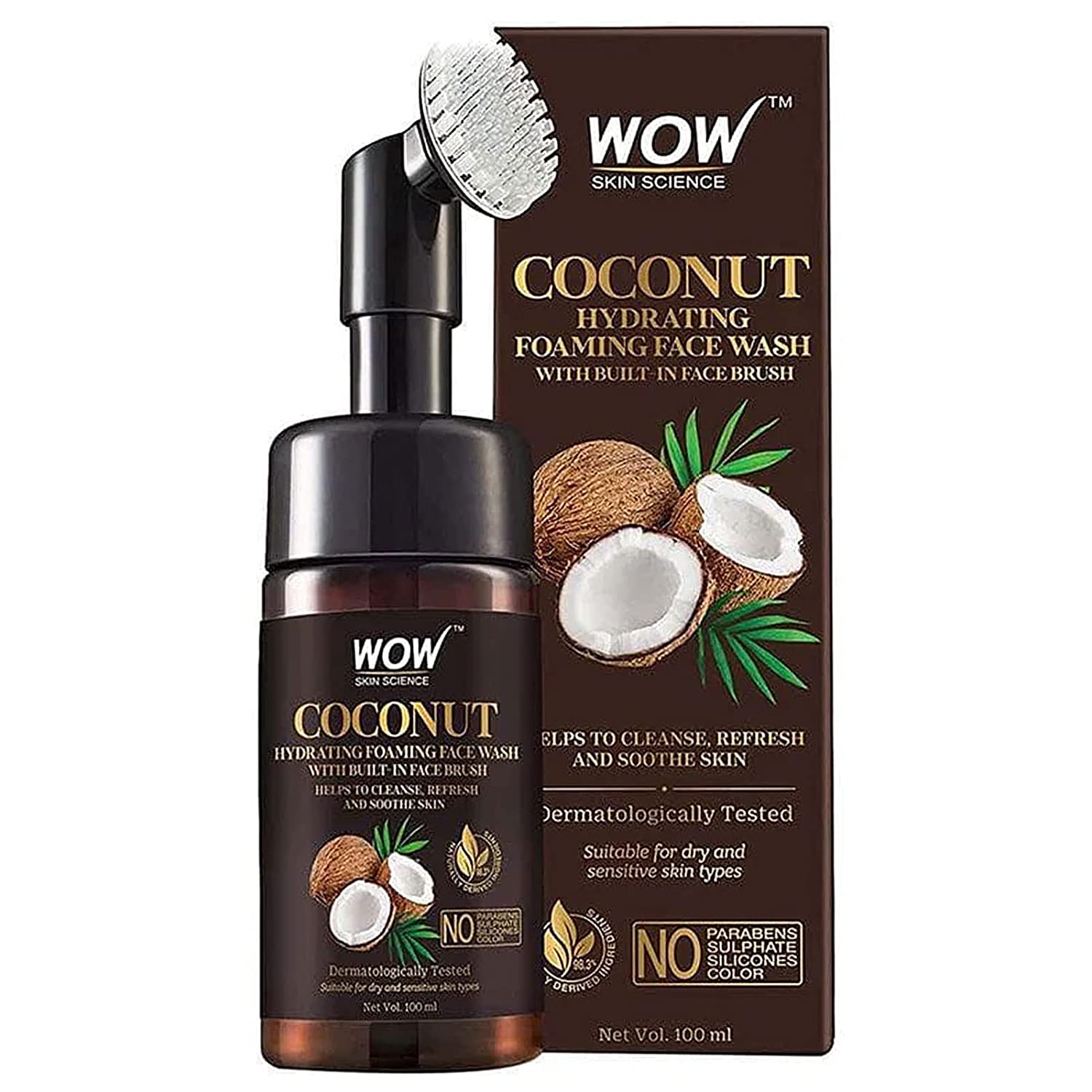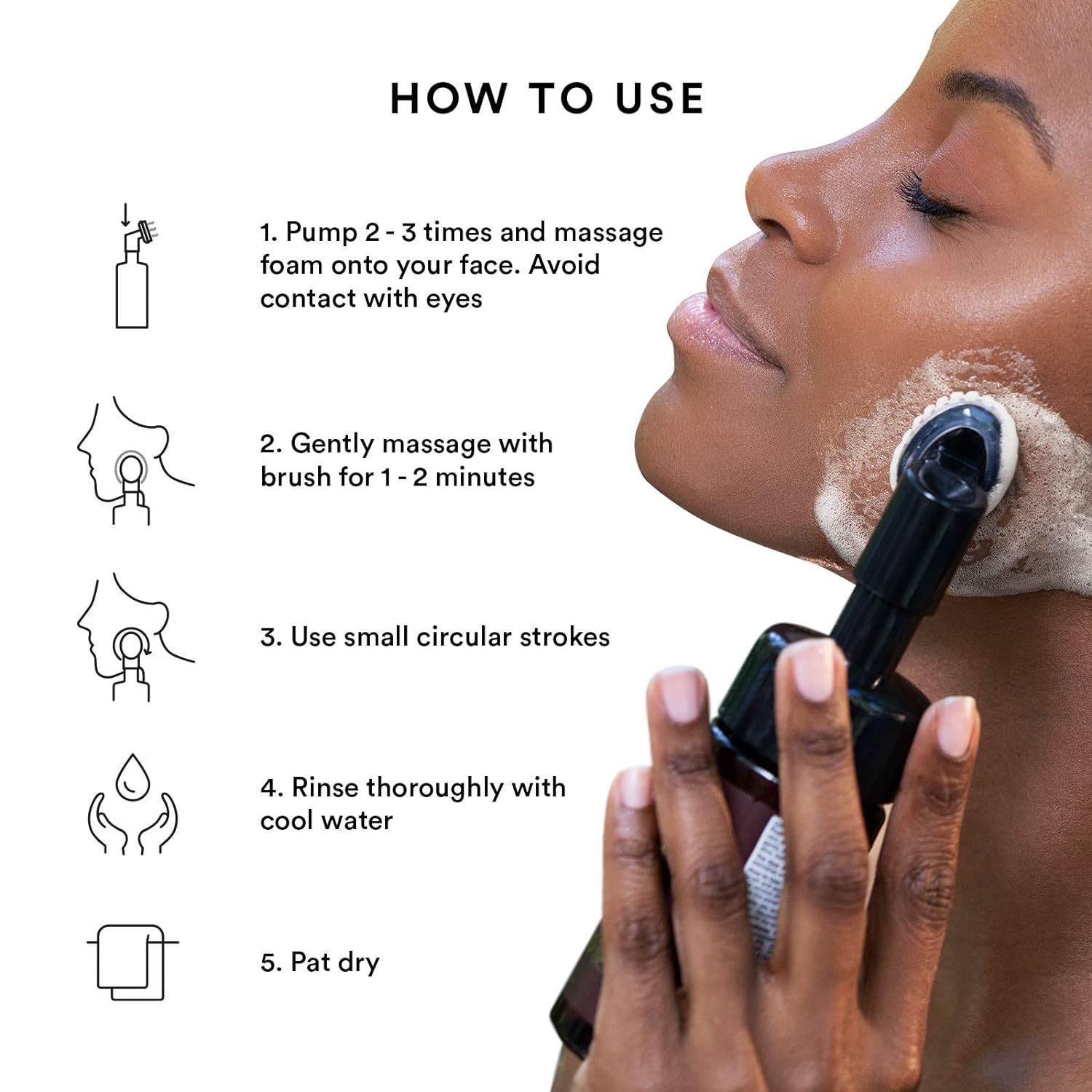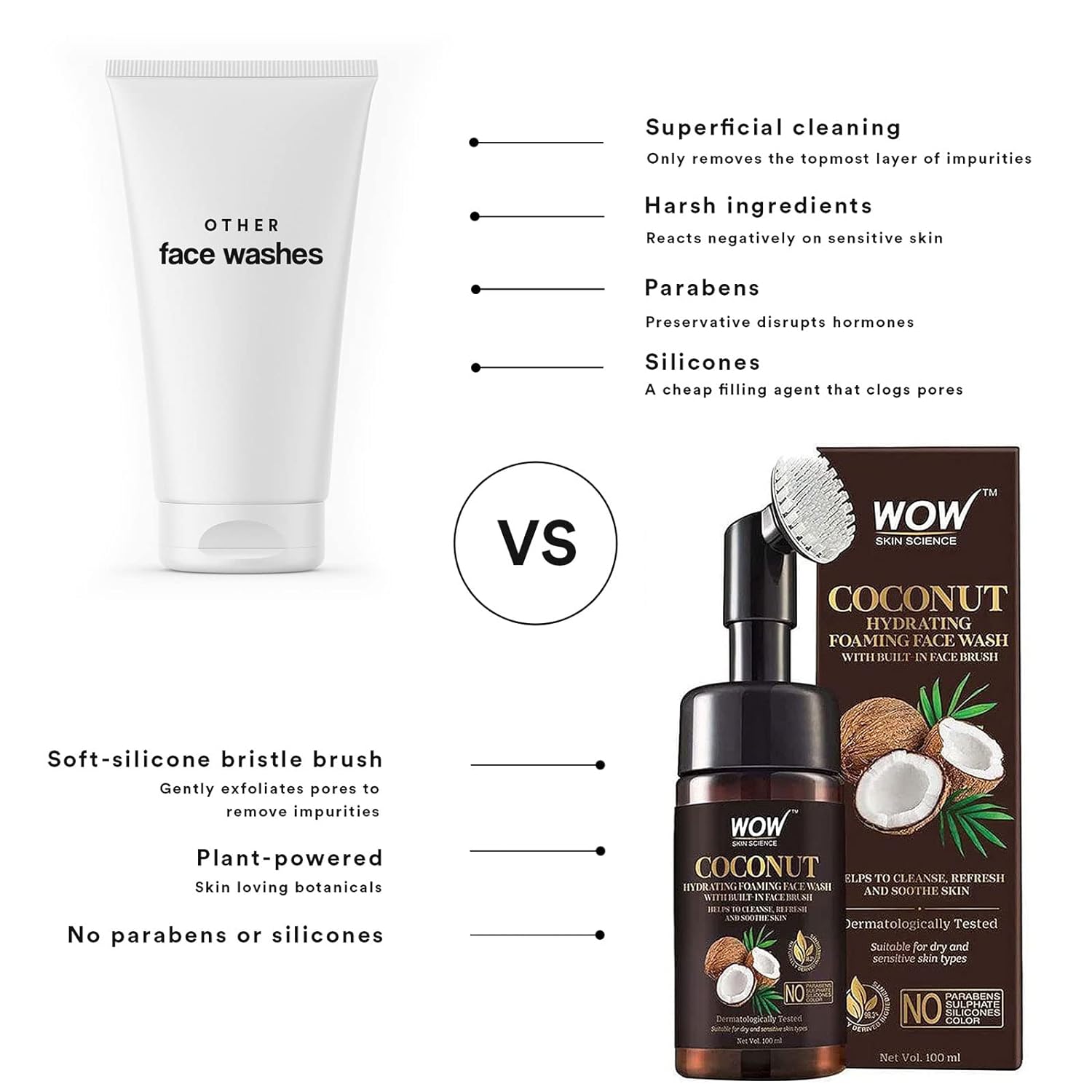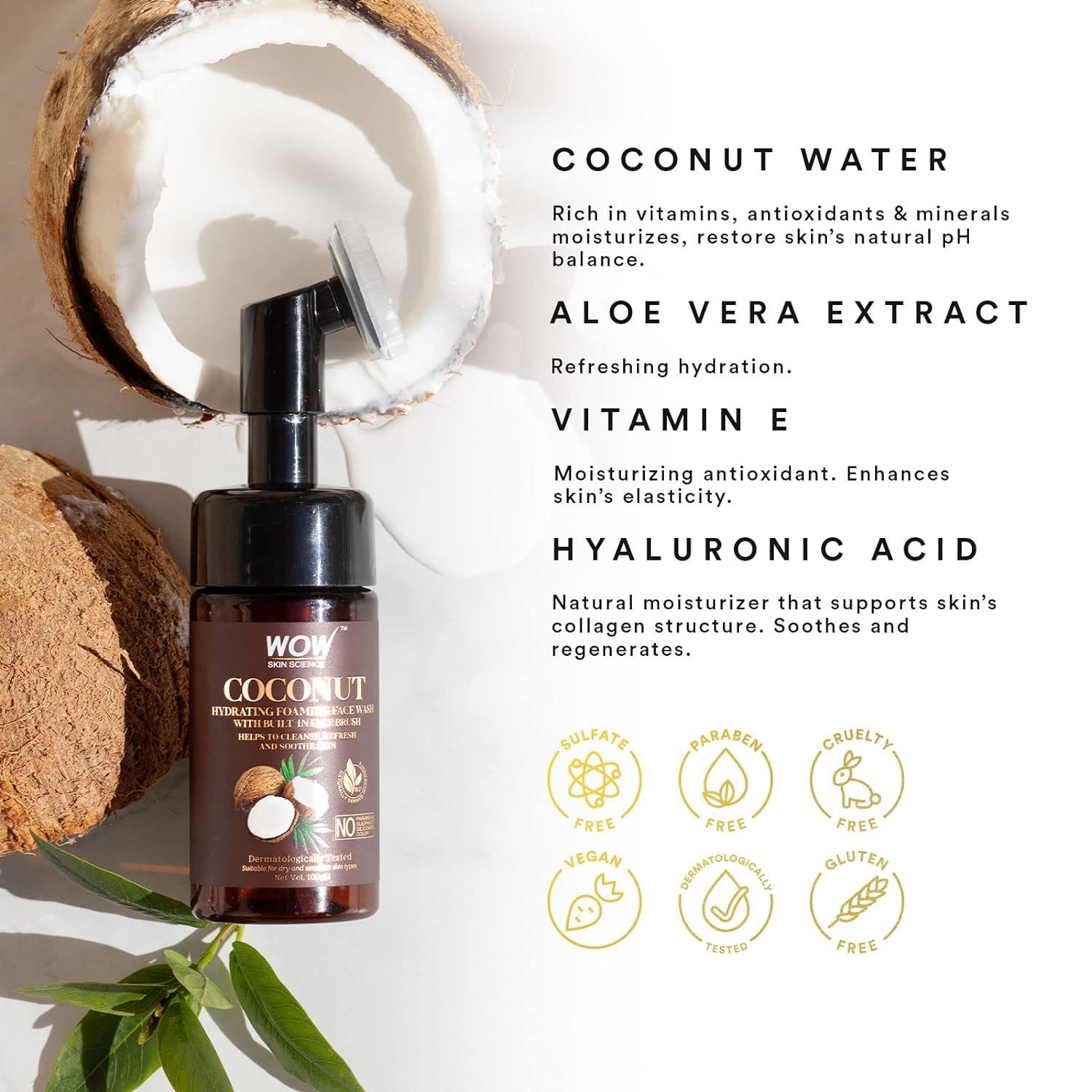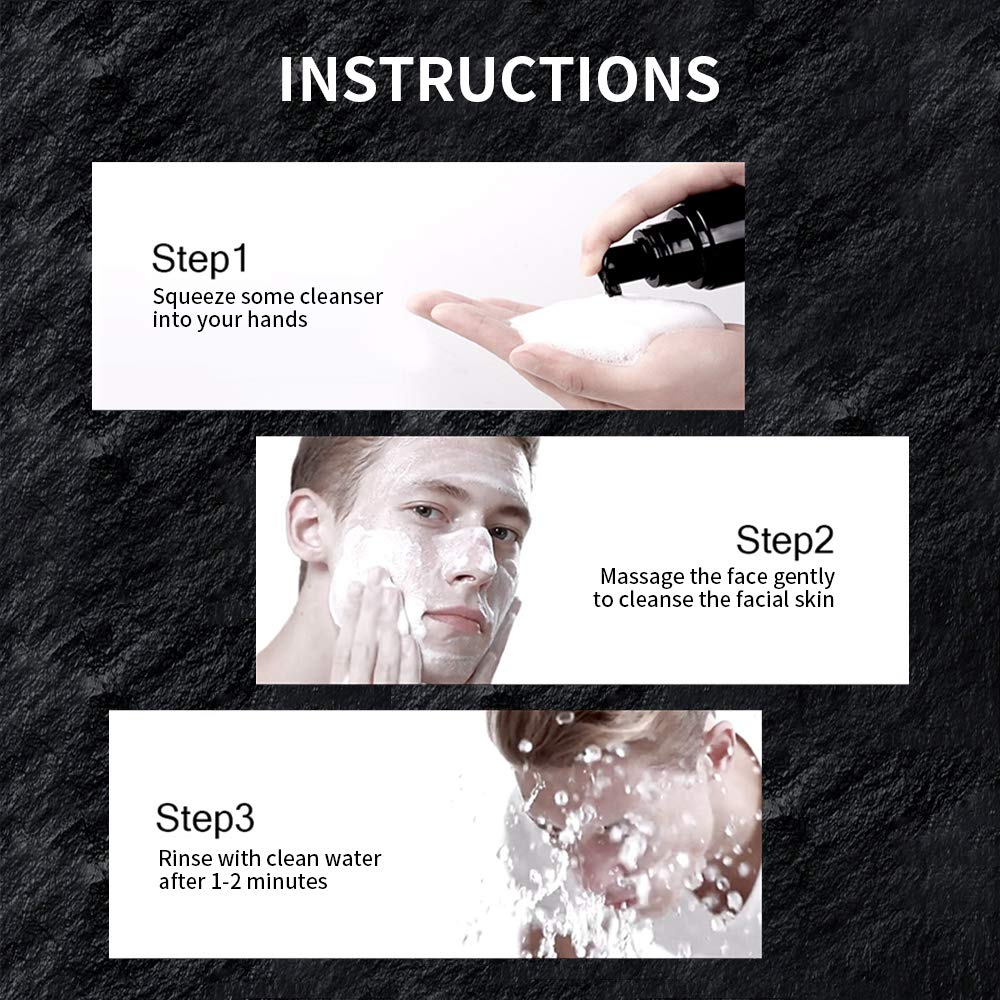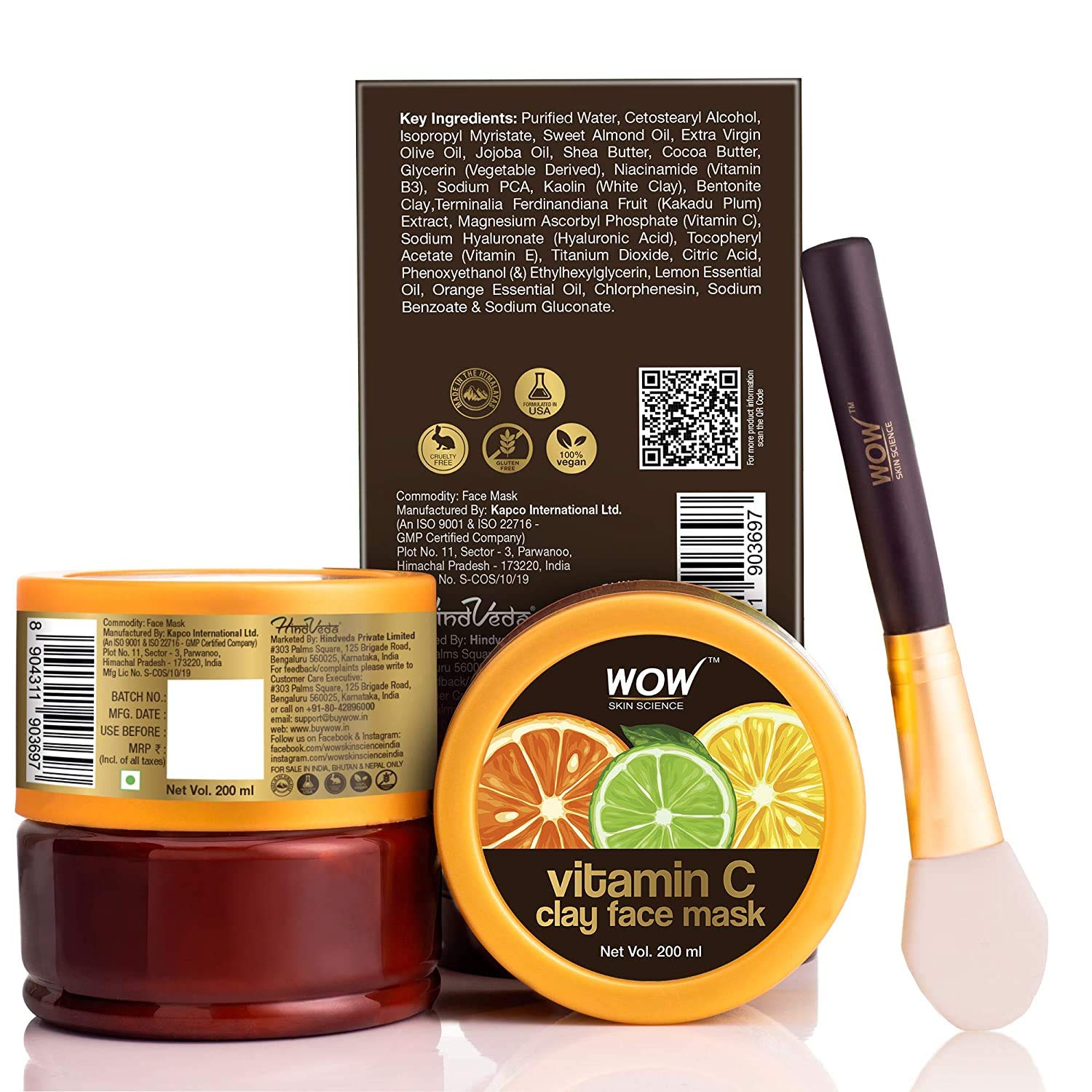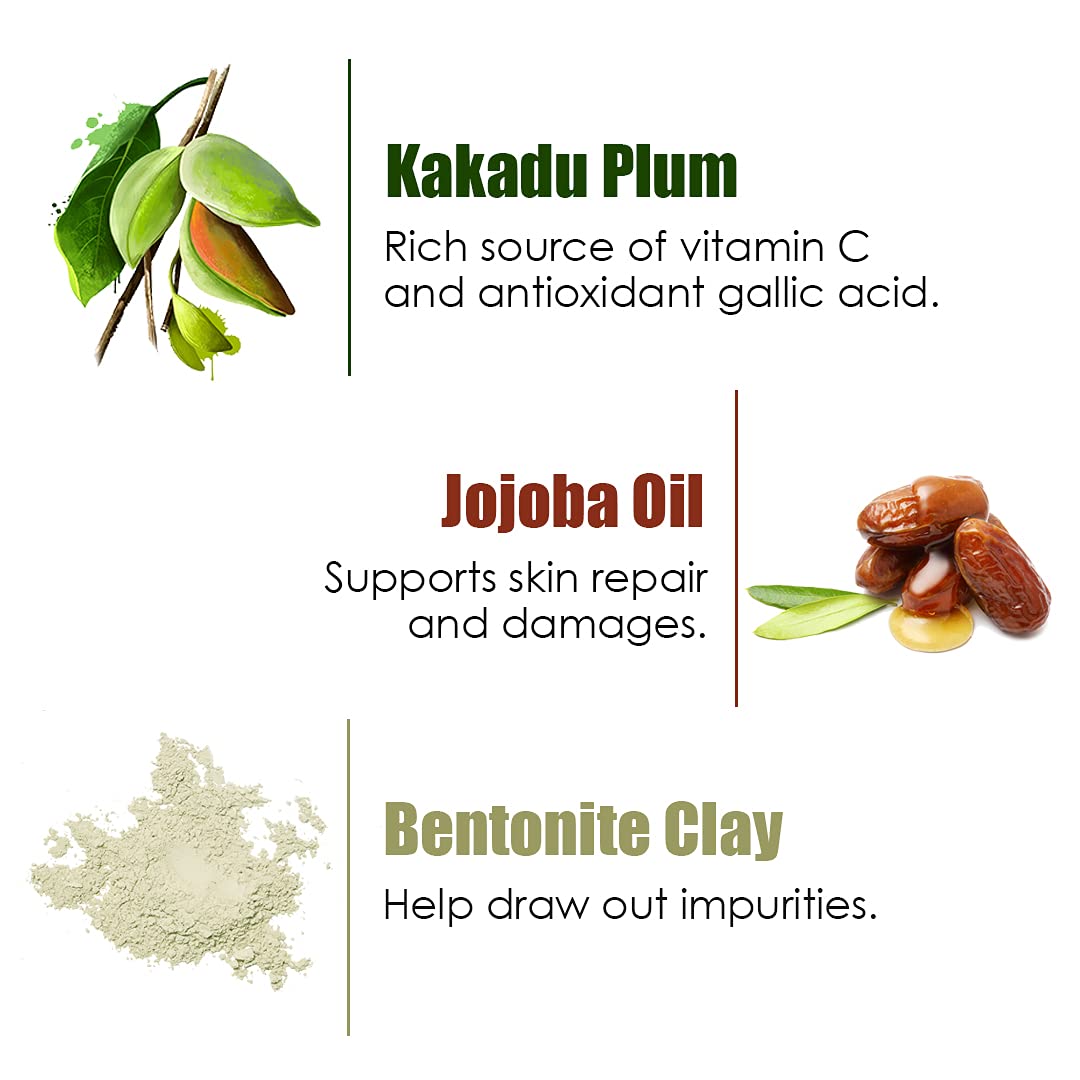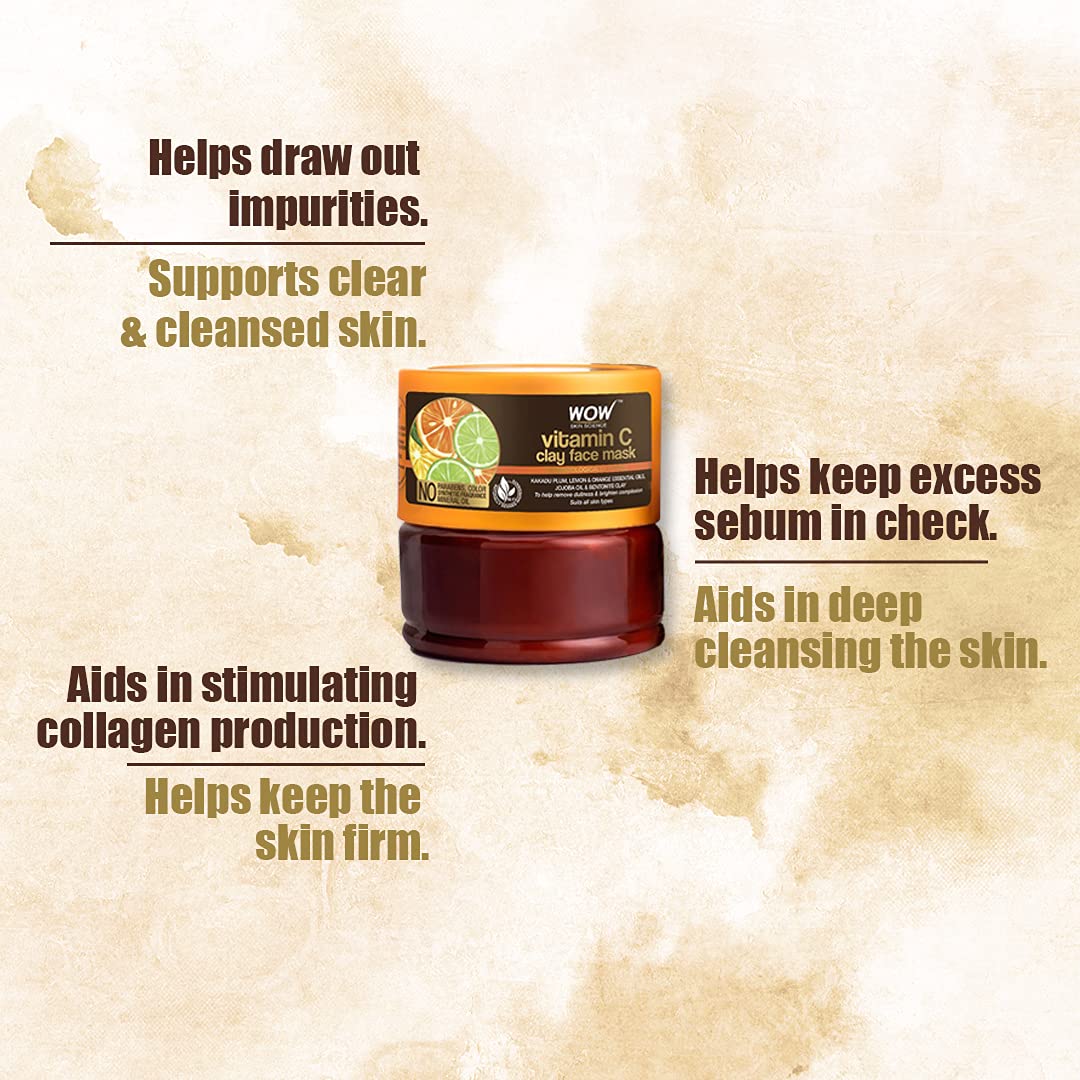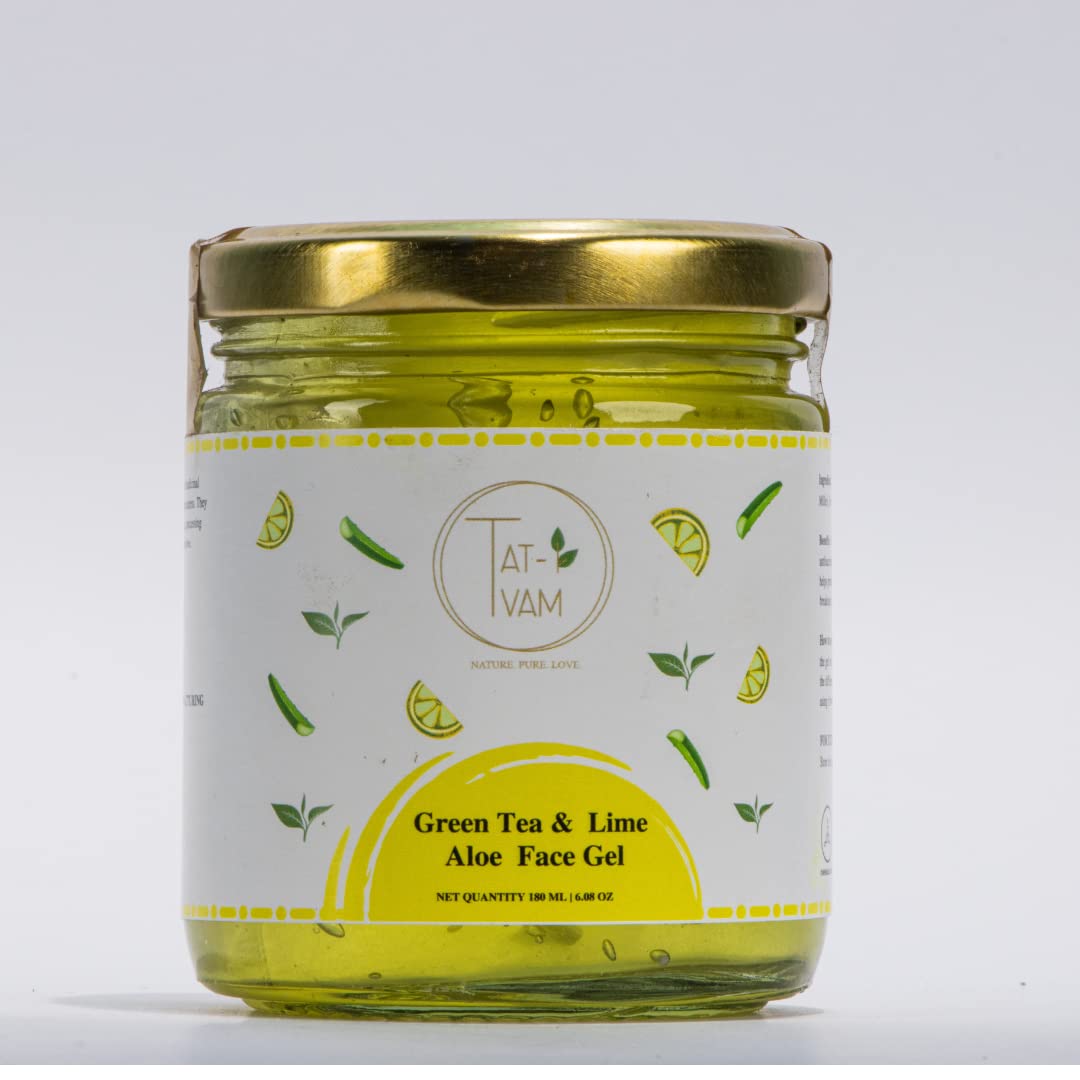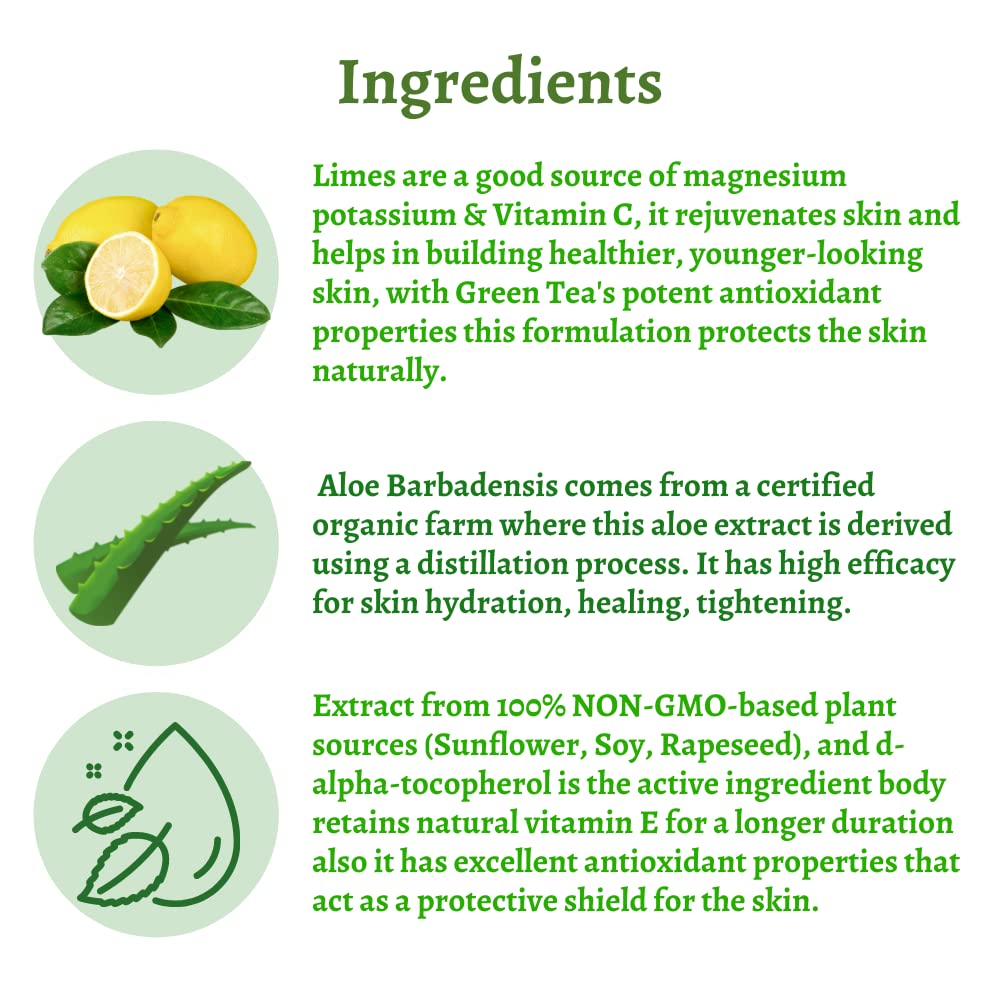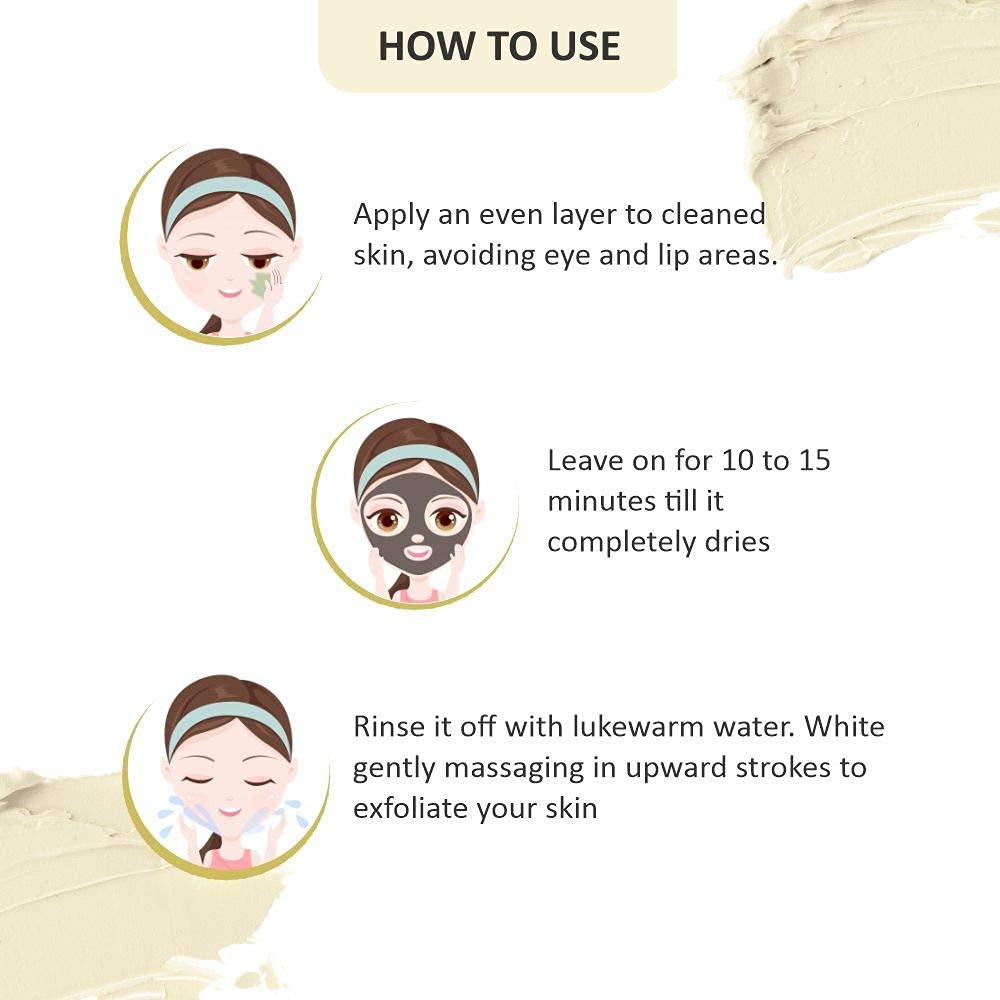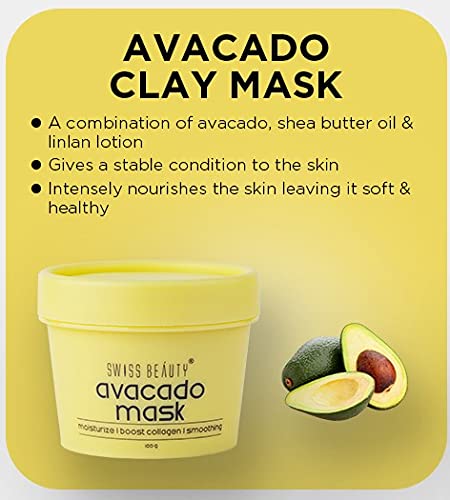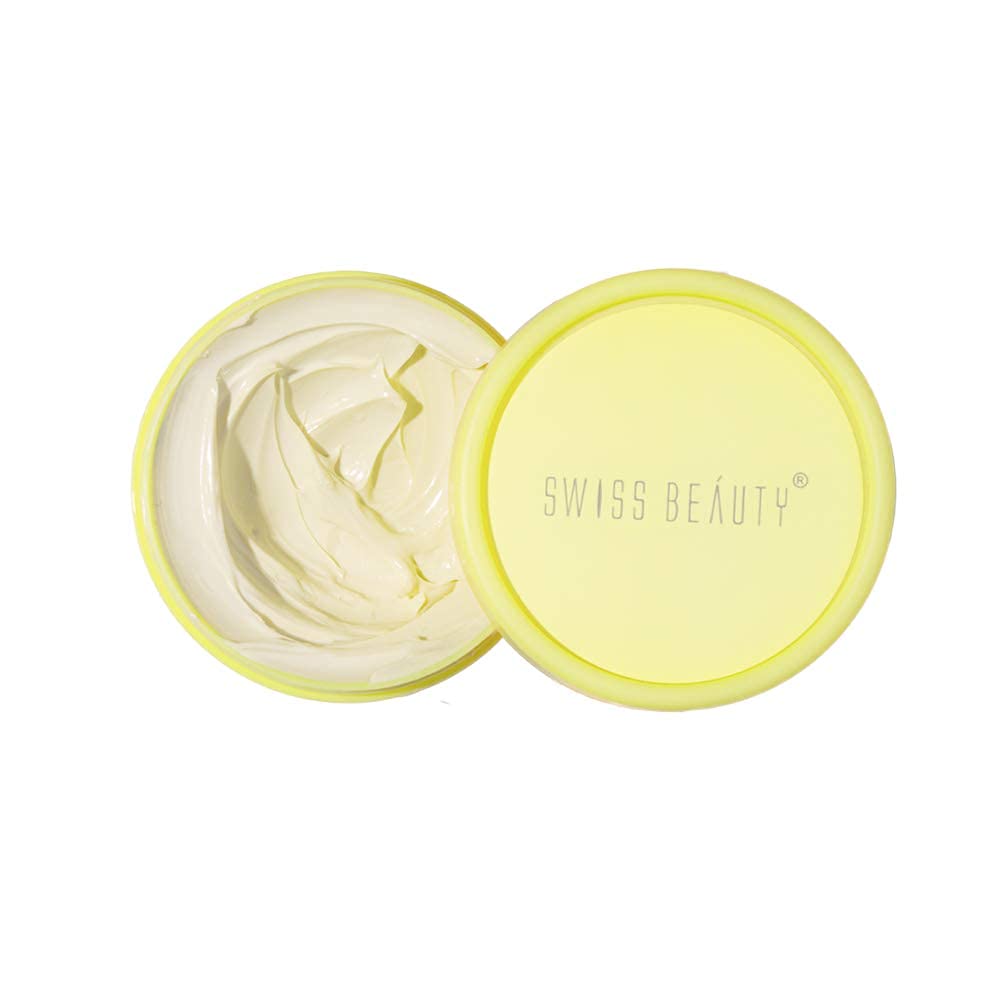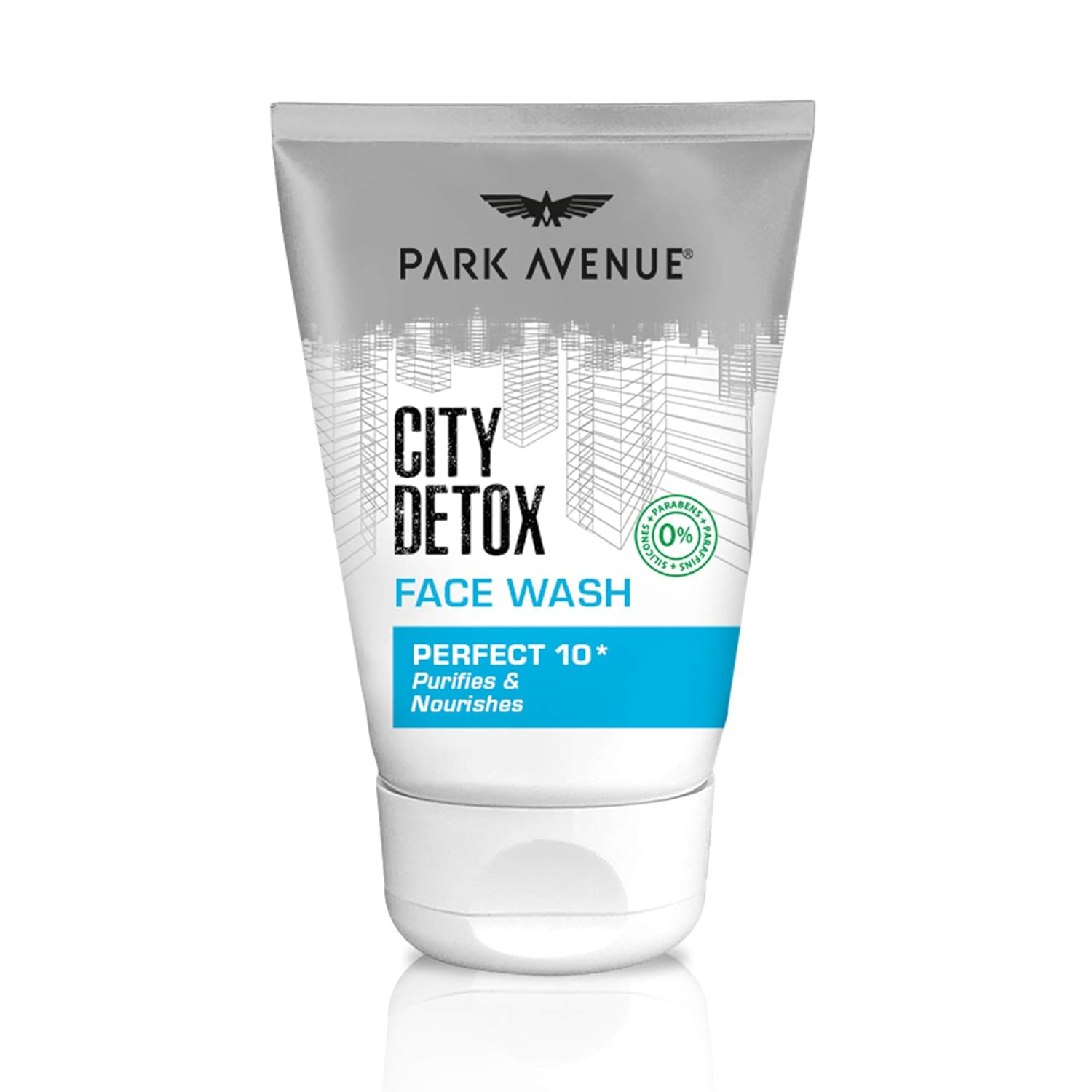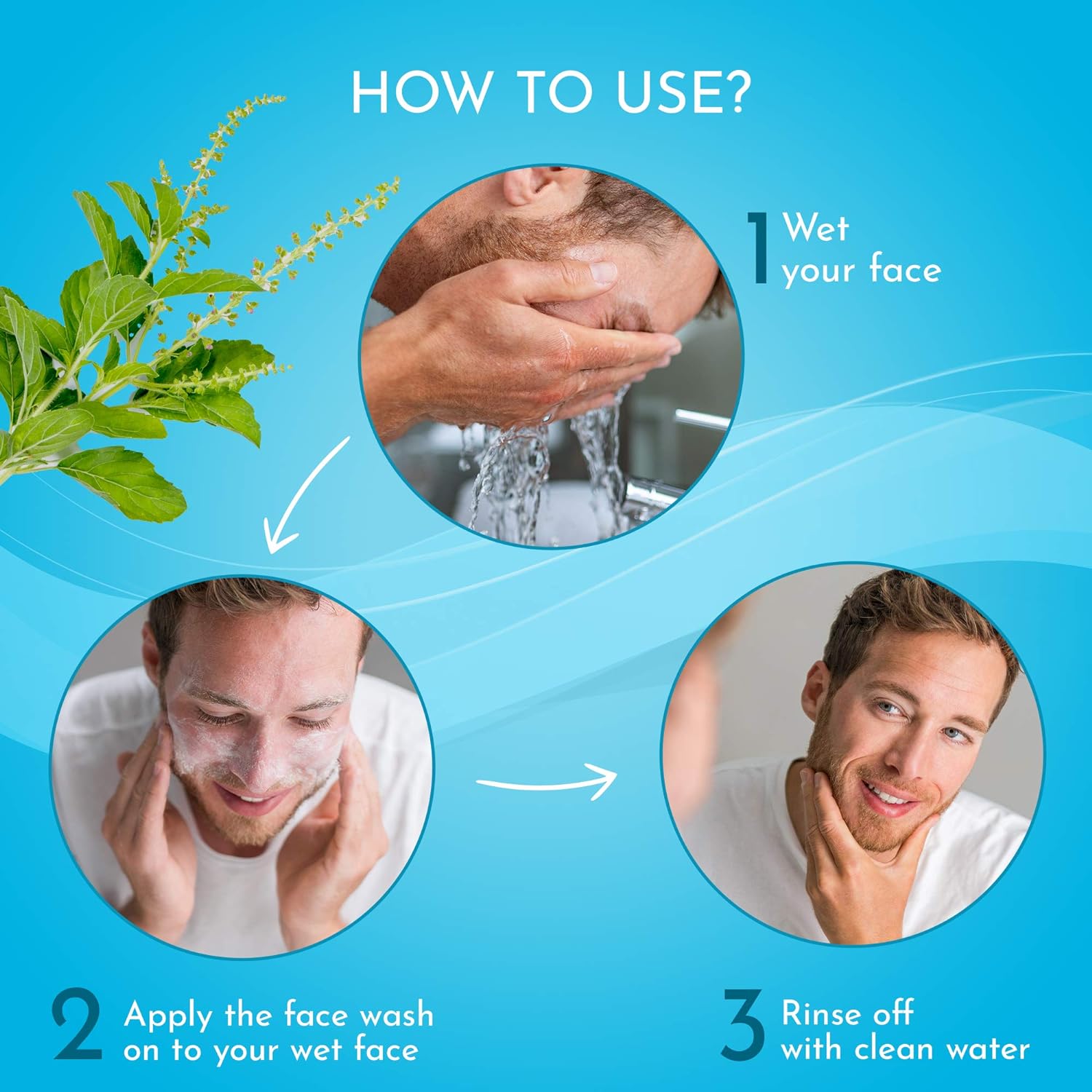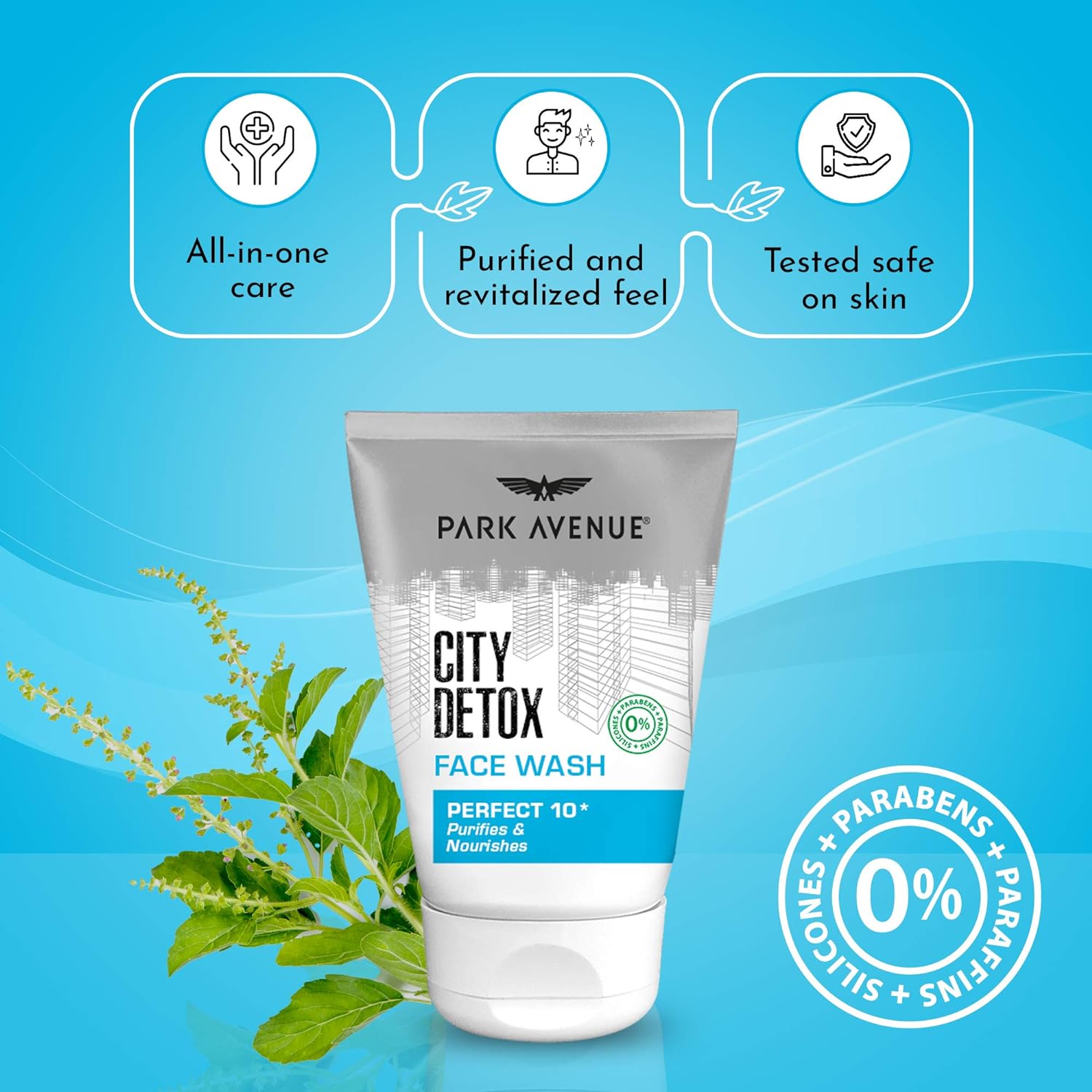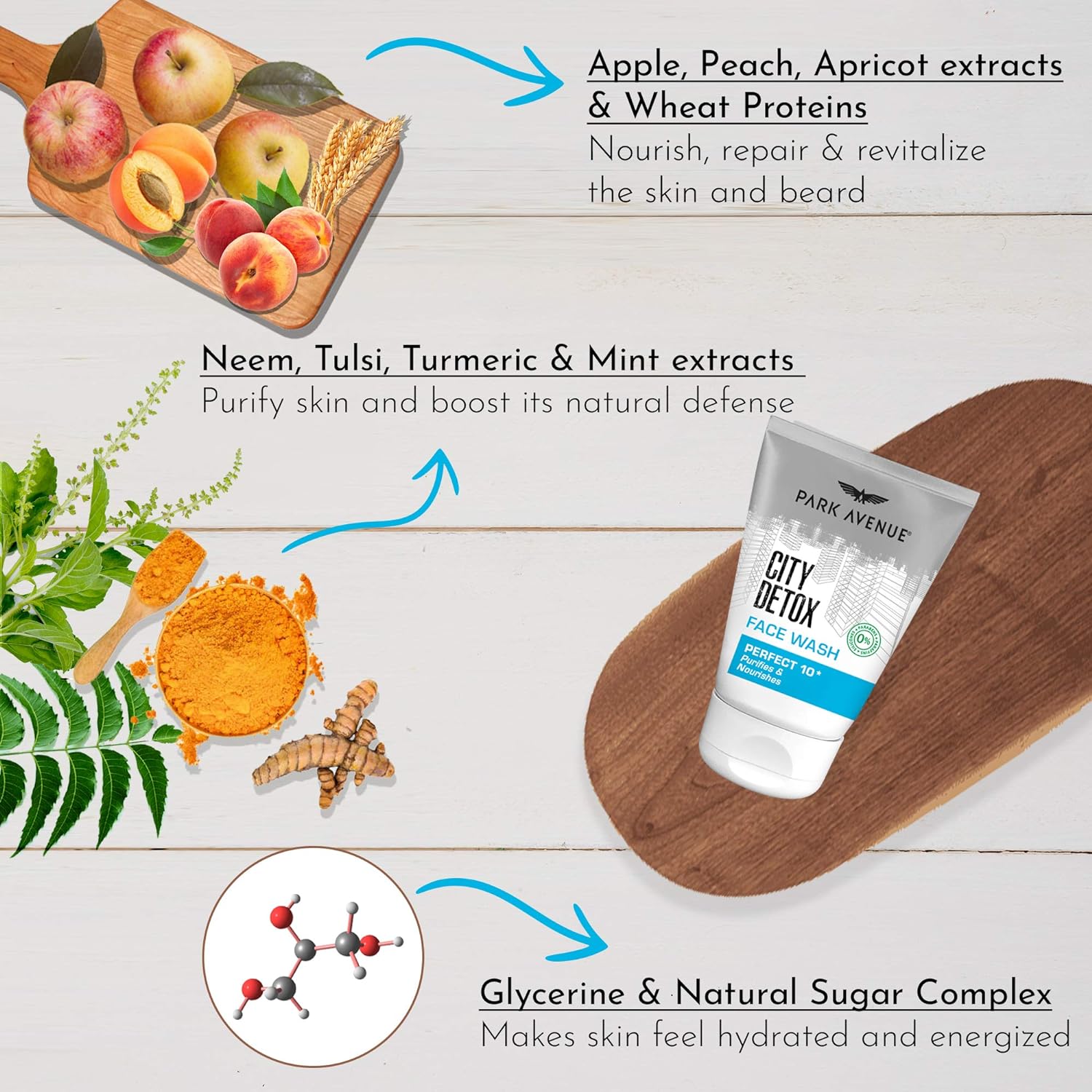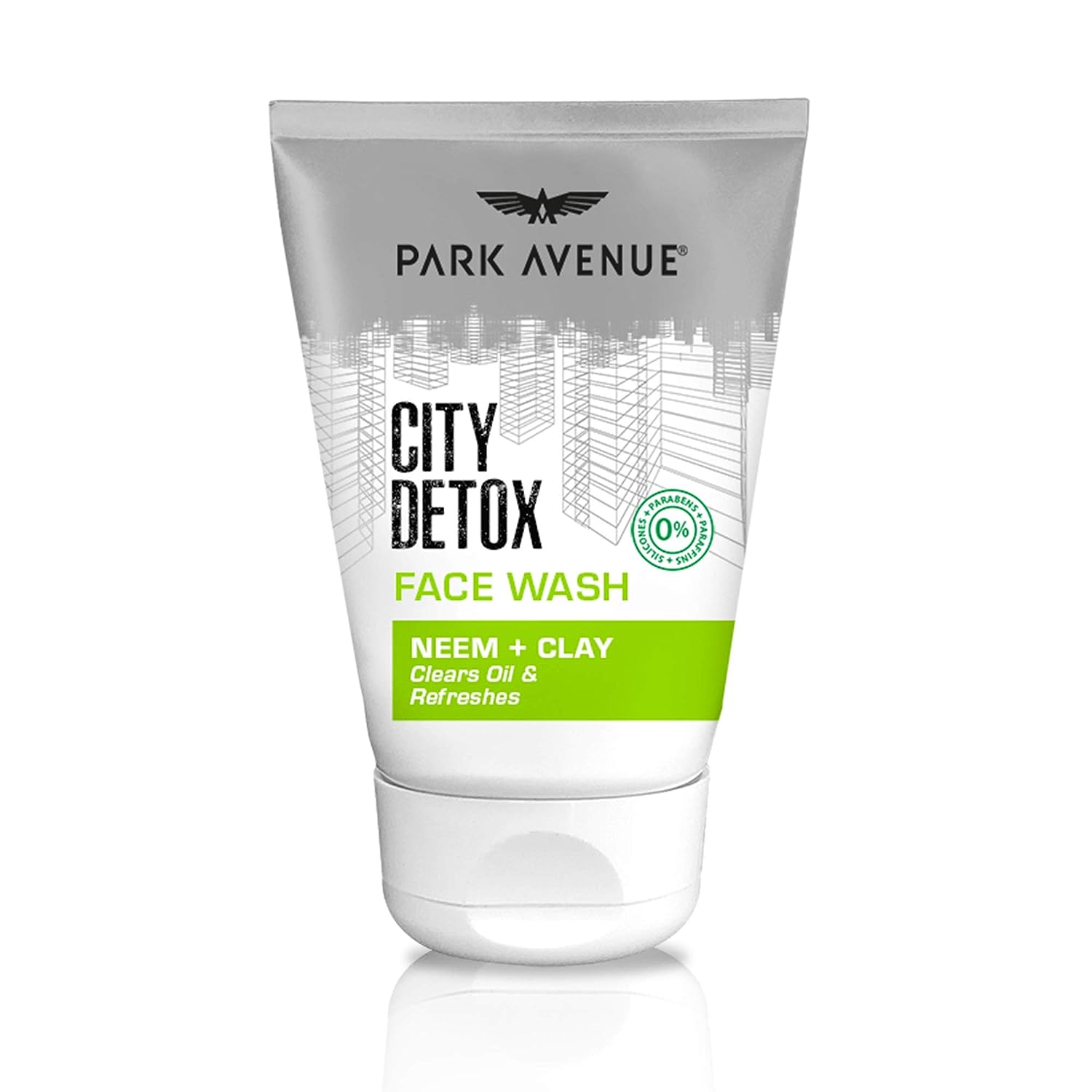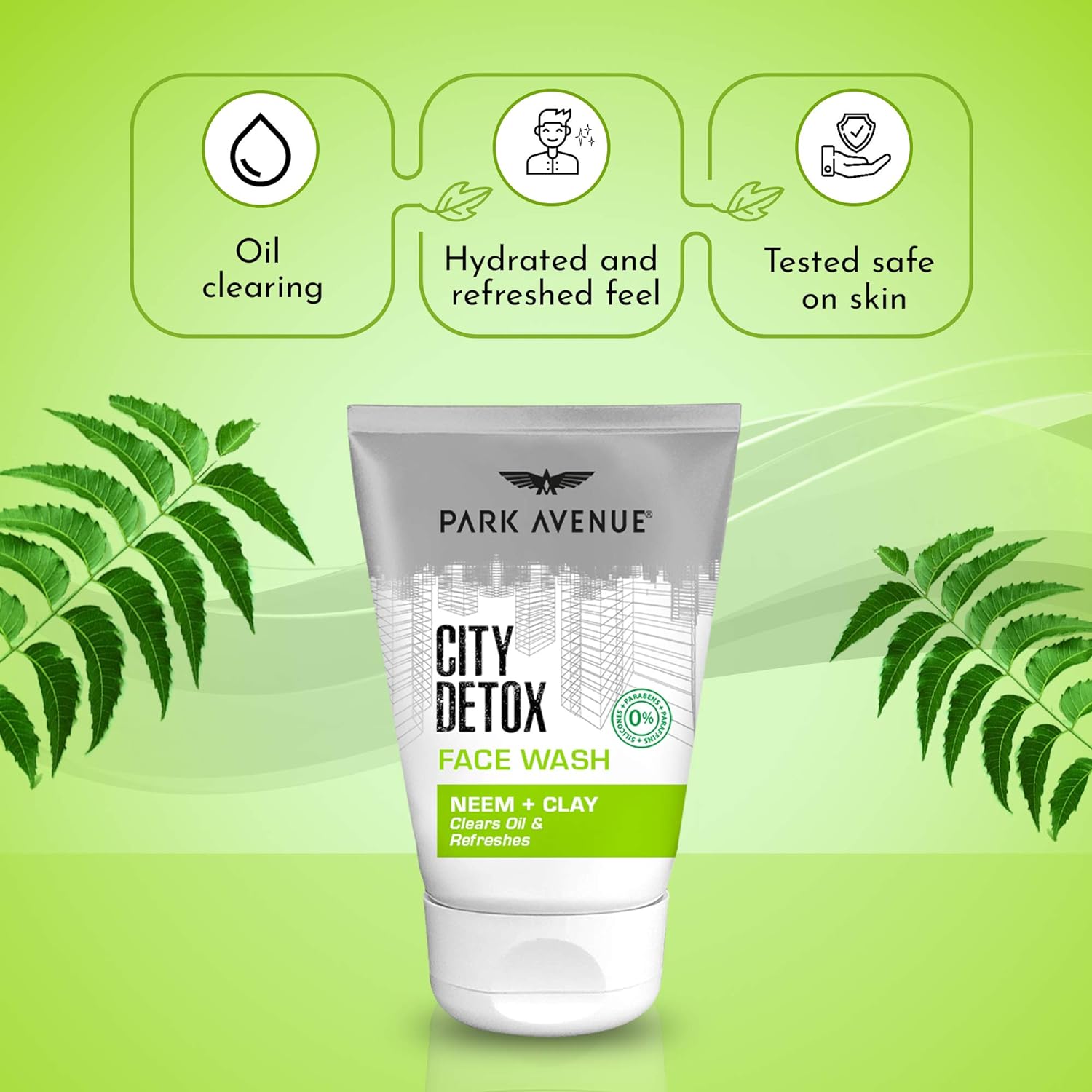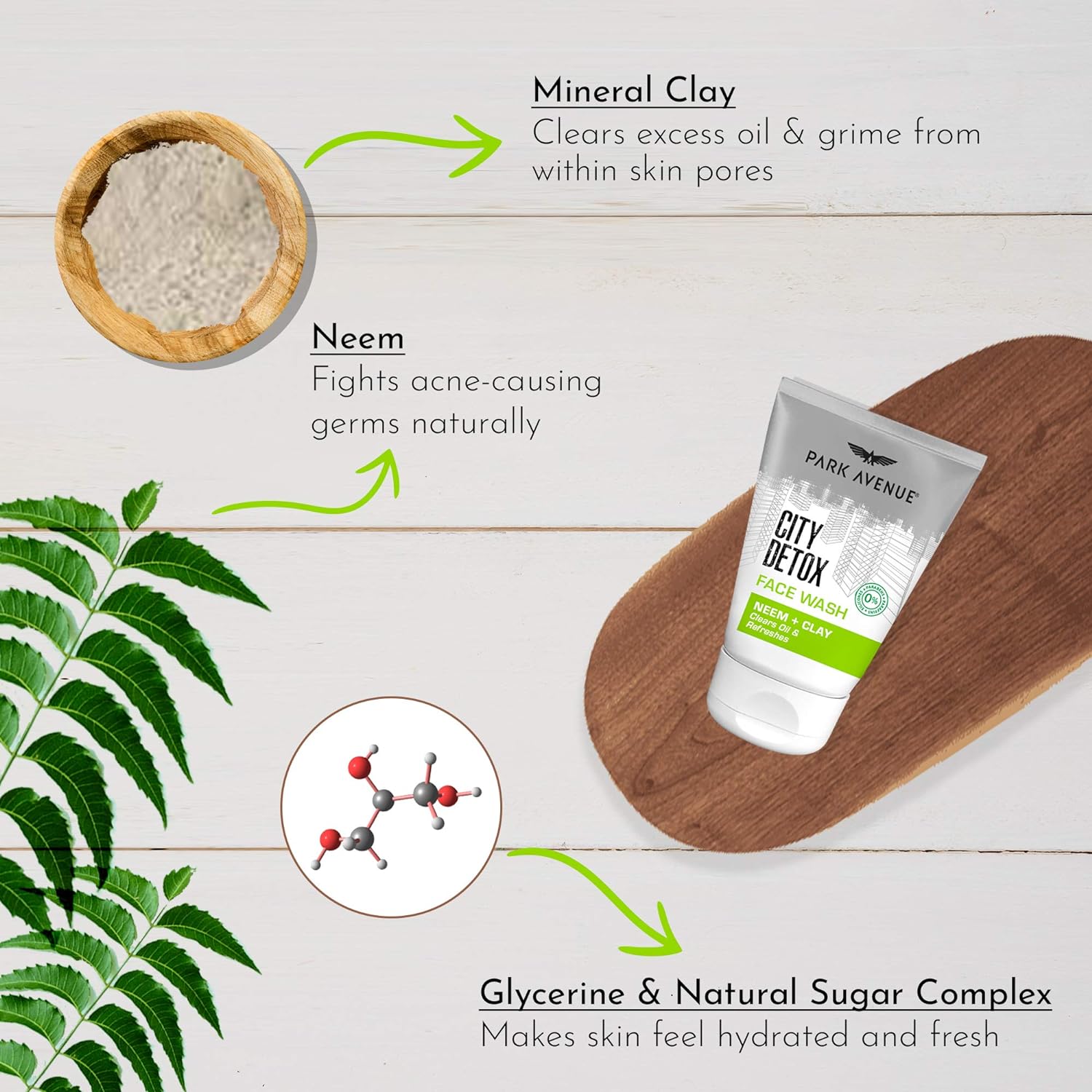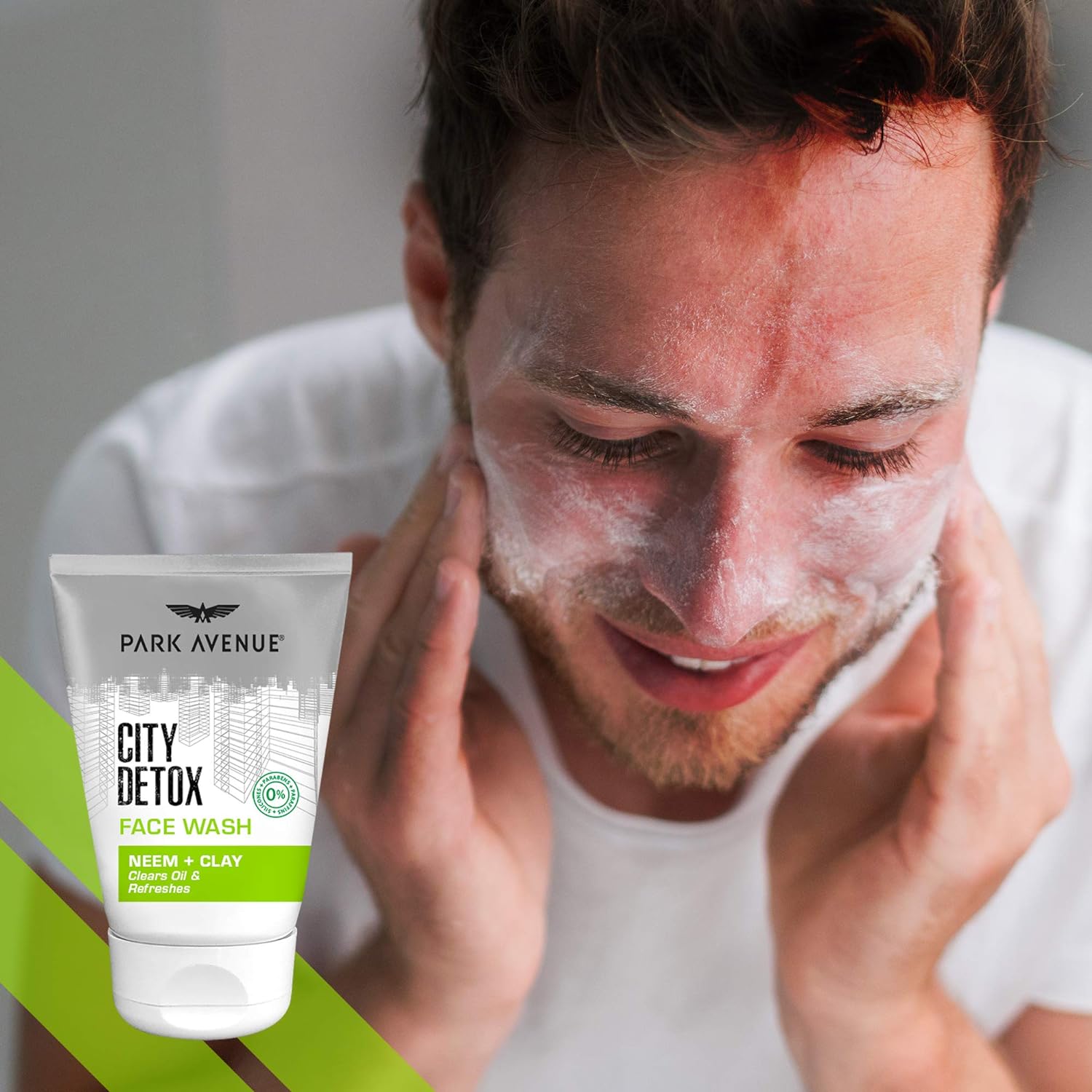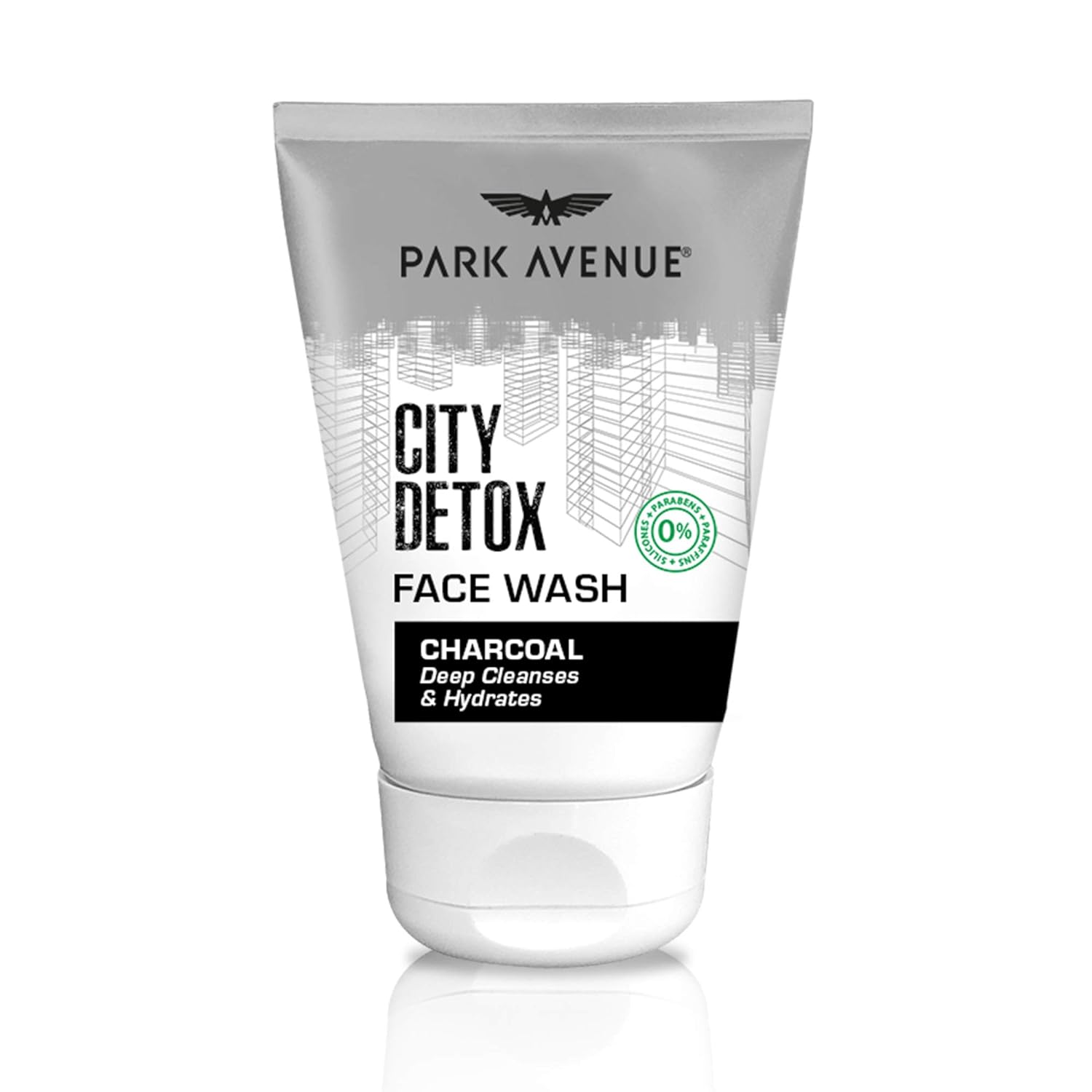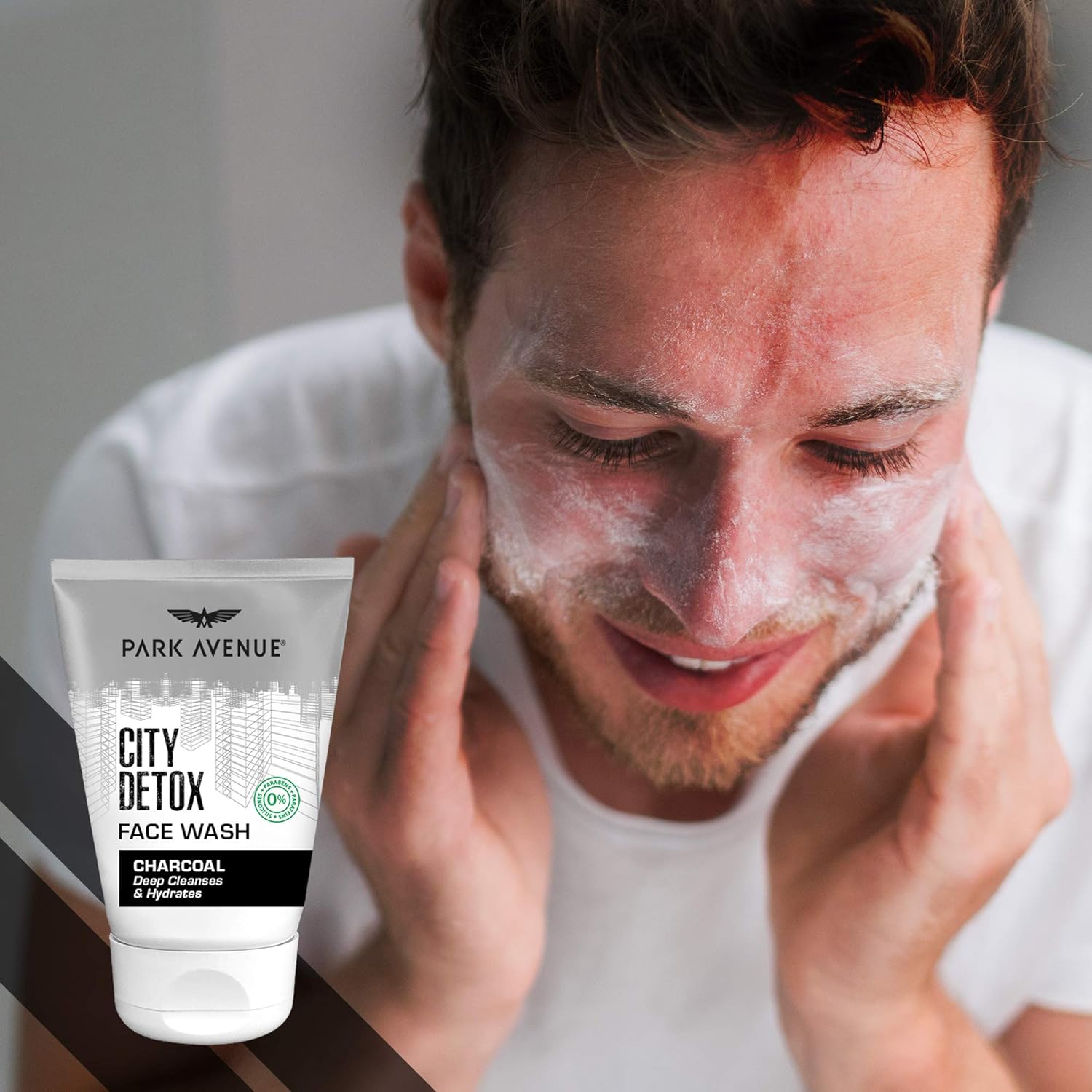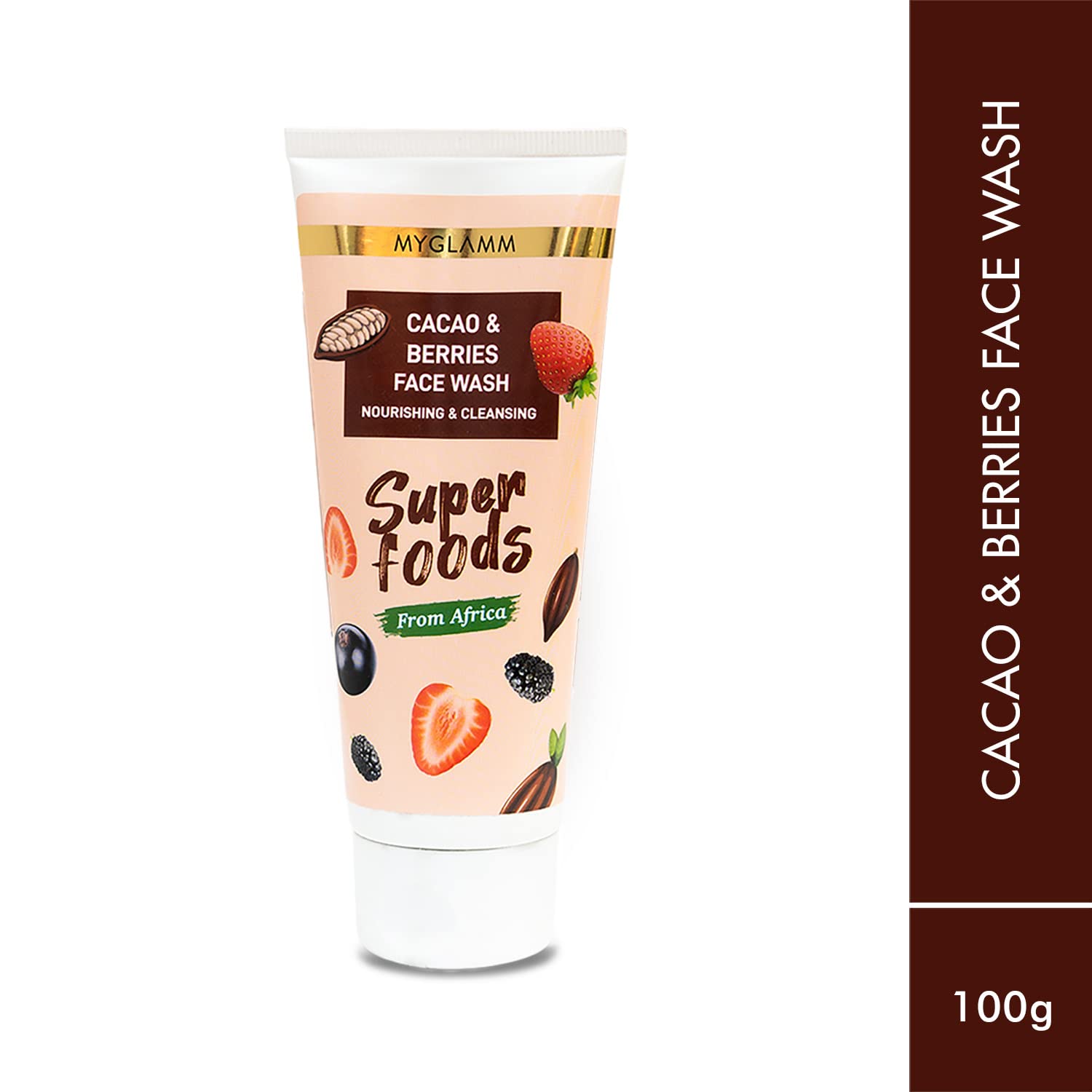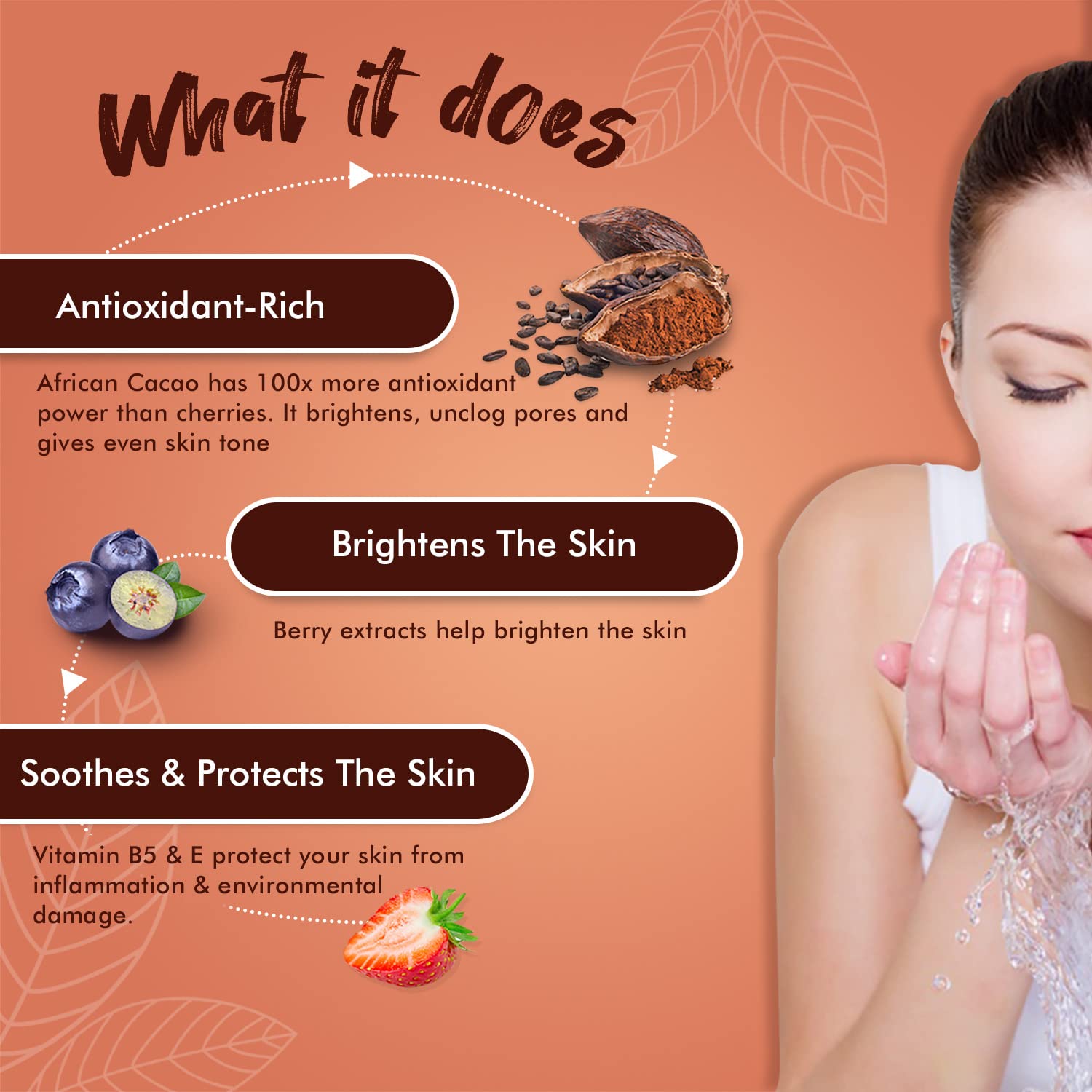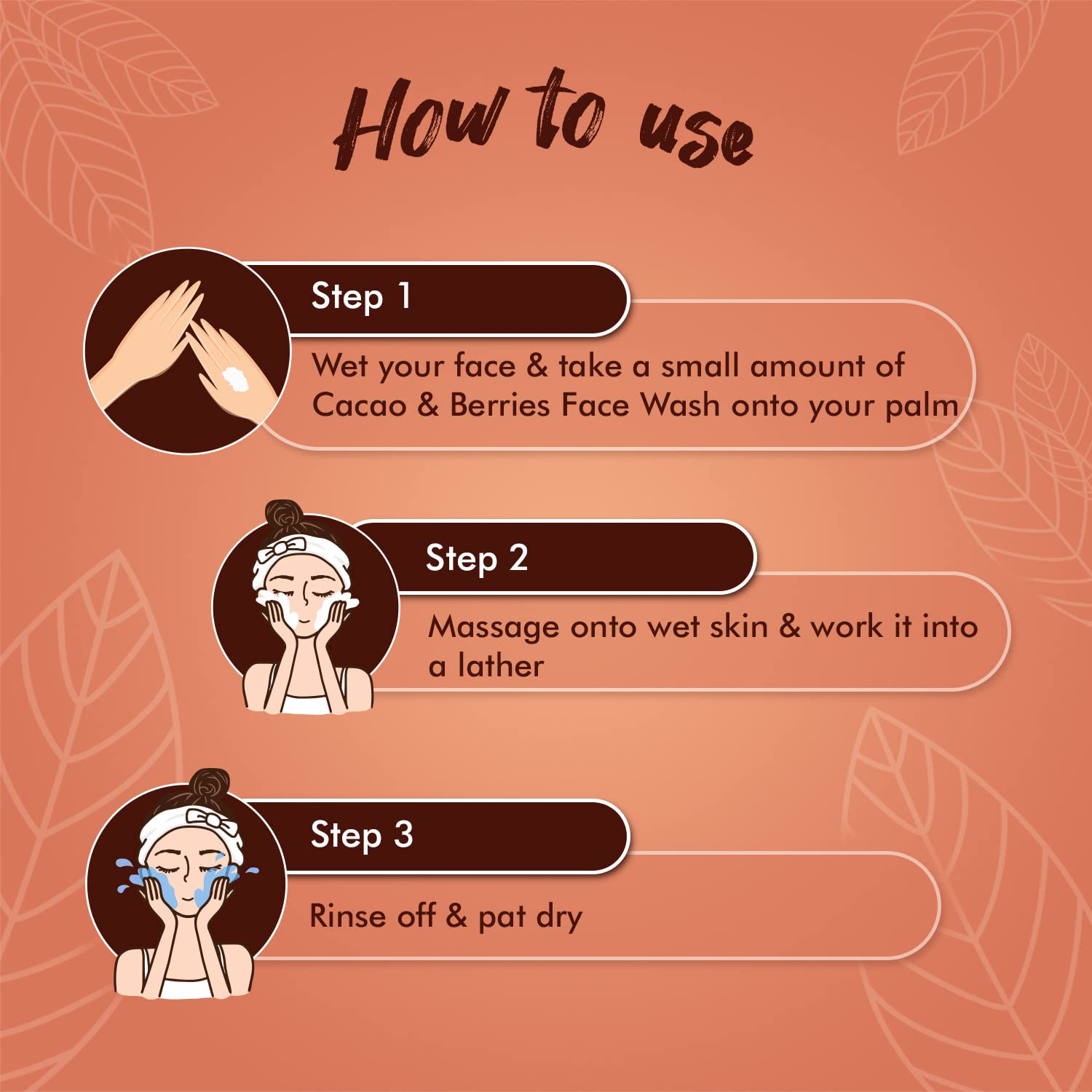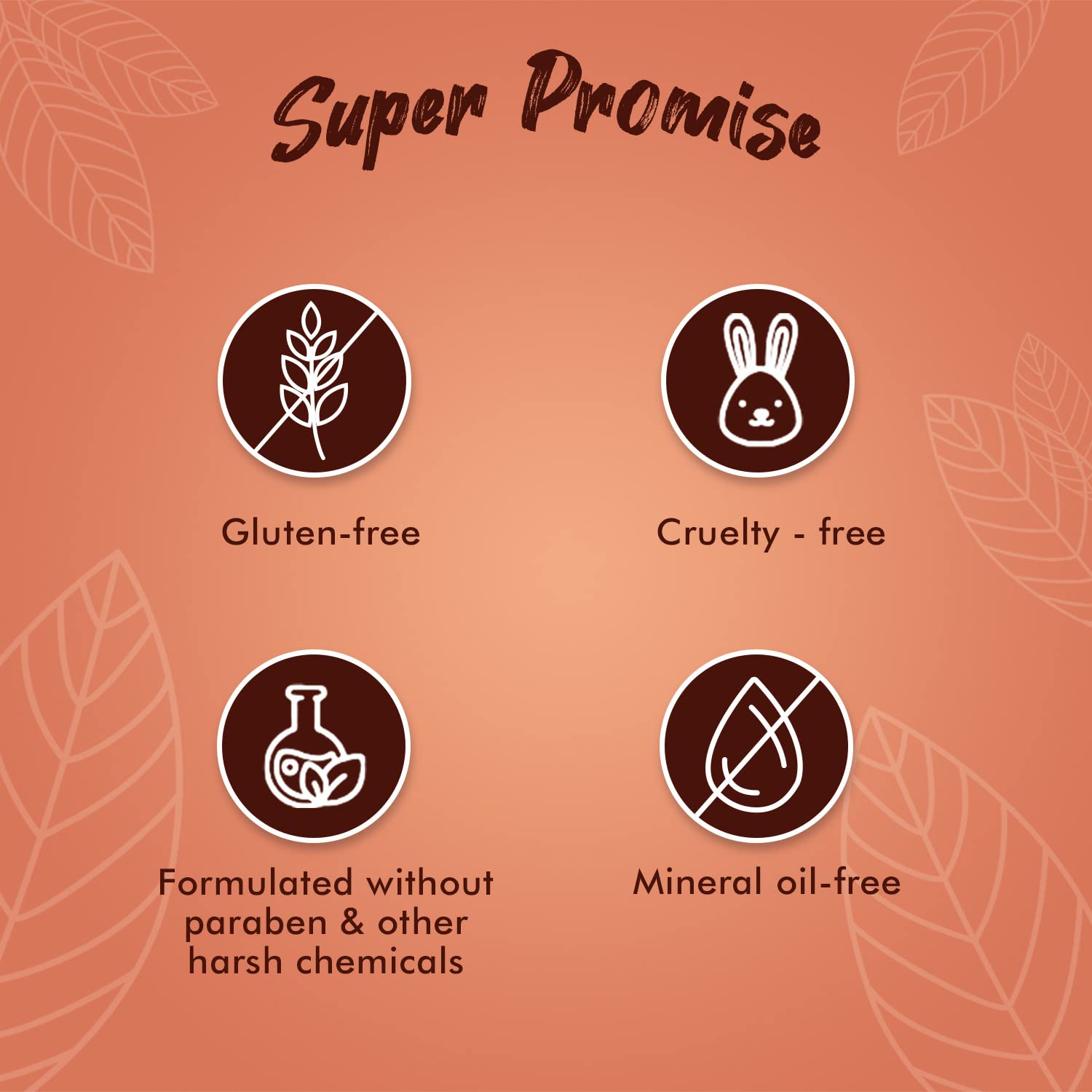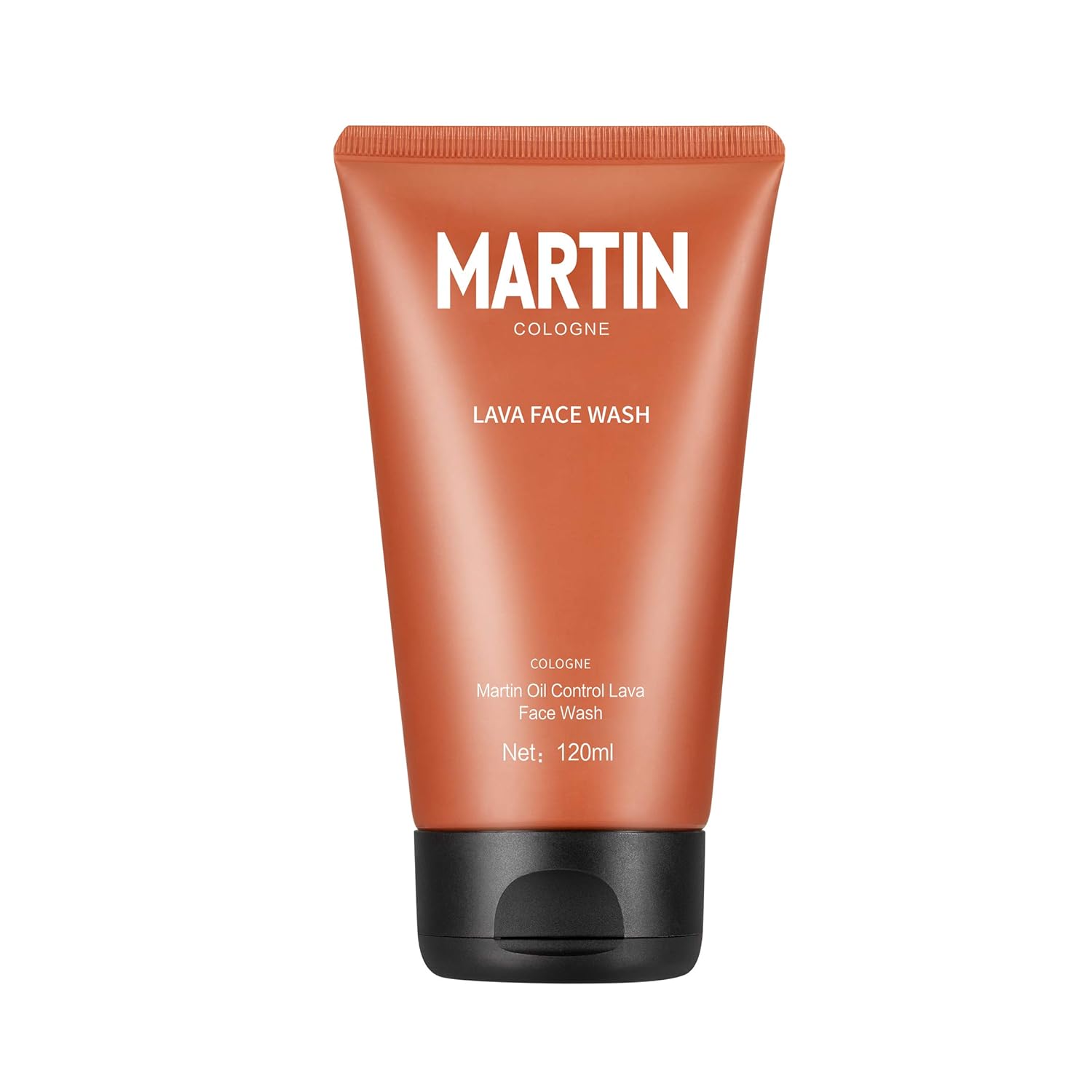When we are injured, our body tries to repair the damaged tissue by covering it with cells and collagen. This forms scars as the repair isn’t as smooth and flawless as the original skin.
Acne can also cause scars when blemishes are infected and create lesions in the skin that cannot be healed to its natural state.
Scars can appear as depressions in the skin or hyperpigmentation in the form of dark red or brown flat marks.

WHAT CAUSES SCARS?

The primary cause of scarring is the biological process of wound repair. When we are injured, our body tries to naturally heal the affected skin area or tissue. Unfortunately, except in the case of minor wounds, it is hard to get back the smooth, original state of the skin after healing.
When we suffer an injury, the body goes into a universal fibrotic tissue response to prevent infection and blood loss. It starts growing epithelial tissue (that forms a barrier between the body and the external environment) over the open wound. Then, fibroblasts (collagen-producing cells found in the dermis) rush into the wounded tissue and start laying down collagen to strengthen the skin. Since this is triggered by an emergency response, the wound isn’t cut clean and the collagen build-up happens haphazardly. This ends up leaving a scar.
A similar response happens when an acne clears. Since acne damages the skin and tissue under it, the body goes into repair mode, causing scarring.



